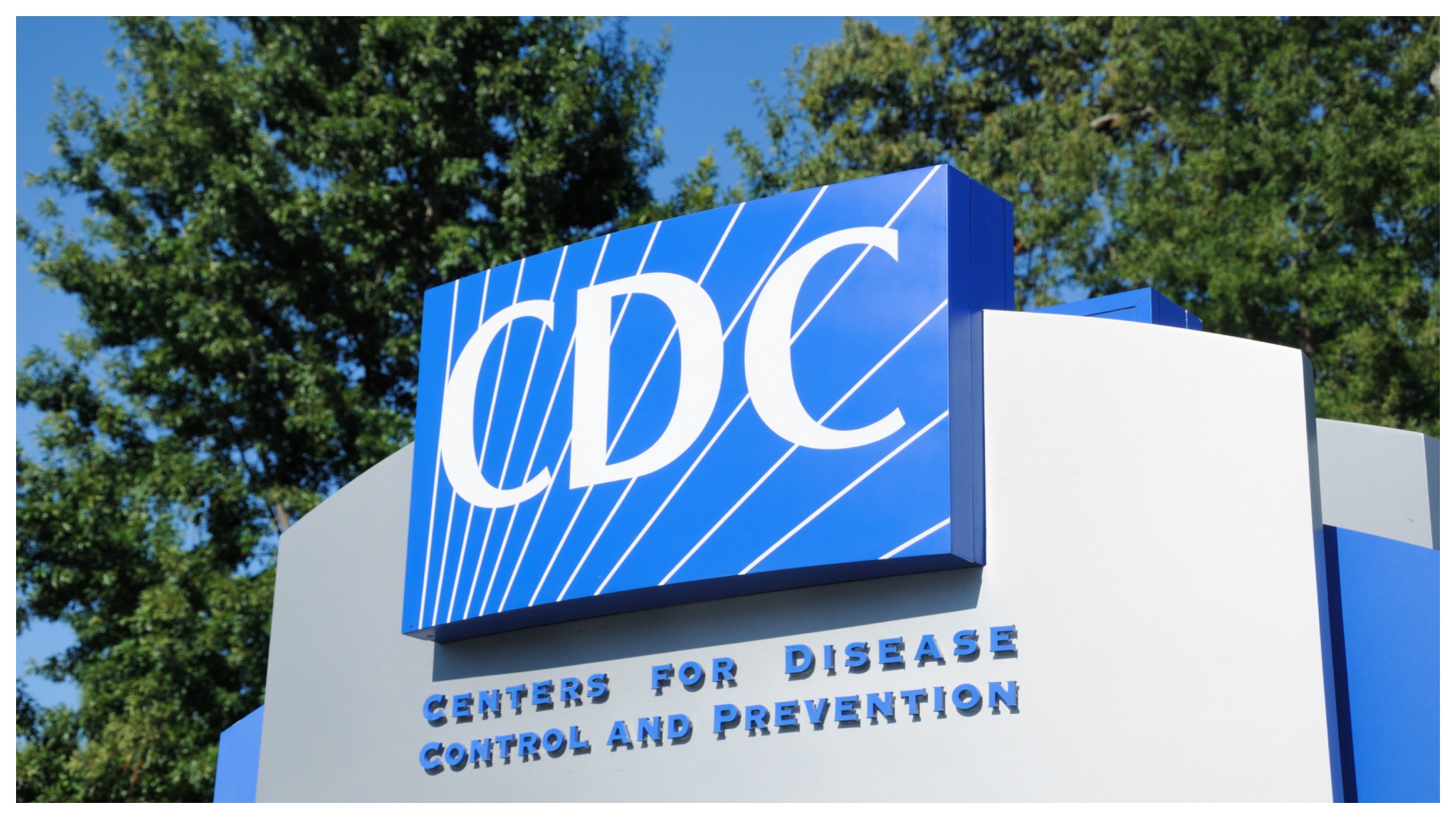
*Disclaimer: The advice on LittleThings.com is not a substitute for consultation with a medical professional or treatment for a specific condition. You should not use this information to diagnose or treat a health problem without consulting a qualified professional. Please contact your health-care provider with questions and concerns.
The last few years have been challenging to say the least. The pandemic turned the whole world upside down and many are still reeling from its aftermath. Now it appears there is another pathogen that's become endemic in parts of the Gulf Coast of the United States.
The Centers for Disease Control and Prevention issued a warning about a potentially deadly bacteria called Burkholderia pseudomallei, which can cause melioidosis or Whitmore's disease. If this is left untreated, it can be fatal. This warning comes after three cases of it were reported in Mississippi.
Julia Petras who works for the CDC’s National Center for Emerging and Zoonotic Infectious Diseases spoke to HealthDay News about the bacteria. She explained: “It is an environmental organism that lives naturally in the soil, and typically freshwater in certain areas around the world. Mostly in subtropical and tropical climates.”
The first two cases occurred in Mississippi in 2020. One was in May and the other July. The most recent case occurred this year and was also located in the same Mississippi county as the original cases.
More from LittleThings: Children May Be At Higher Risk Of Developing Diabetes After Having COVID-19, CDC Says
There are potentially many more who are infected and do not know it because they are asymptomatic. One’s body has the potential to develop its own antibodies against the infection. All of the known Mississippi cases of the disease have recovered from it. It is hard to diagnose because it looks like many other diseases.
“This is one of those diseases that is also called the great mimicker because it can look like a lot of different things,” Julia went on to say. “It’s greatly under-reported and under-diagnosed and under-recognized — we often like to say that it’s been the neglected, neglected tropical disease.”
One can become infected in one of two ways. Bacteria can get into an open wound or one can inhale it during a strong storm. It is unlikely that one will get it from another person, but not completely impossible.
People who have kidney disease, liver disease, or diabetes are at a greater risk of disease. Drinking alcohol also is a contributing factor. “Excessive alcohol use is also a known risk factor, and binge drinking has actually been associated with cases as well from endemic areas,” Julia revealed.
The disease is treatable if caught early. “We have antibiotics that work. What I’m talking about is IV antibiotics for at least two weeks, followed by three to six months of oral antibiotics,” Julia explains. “It’s extensive treatment, but if you’ve finished the full course and you’re diagnosed early, which is the really key thing, your outcome is probably going to be quite good.”
It is not exactly known how this bacteria came to the Gulf Coast, but climate change is a contributing factor. It does well in warm, damp places. If the bacteria enters the body, it begins attacking organs, such as the lungs, which can cause sepsis and pneumonia. Around 160,000 cases are reported each year worldwide, resulting in 80,000 deaths.




